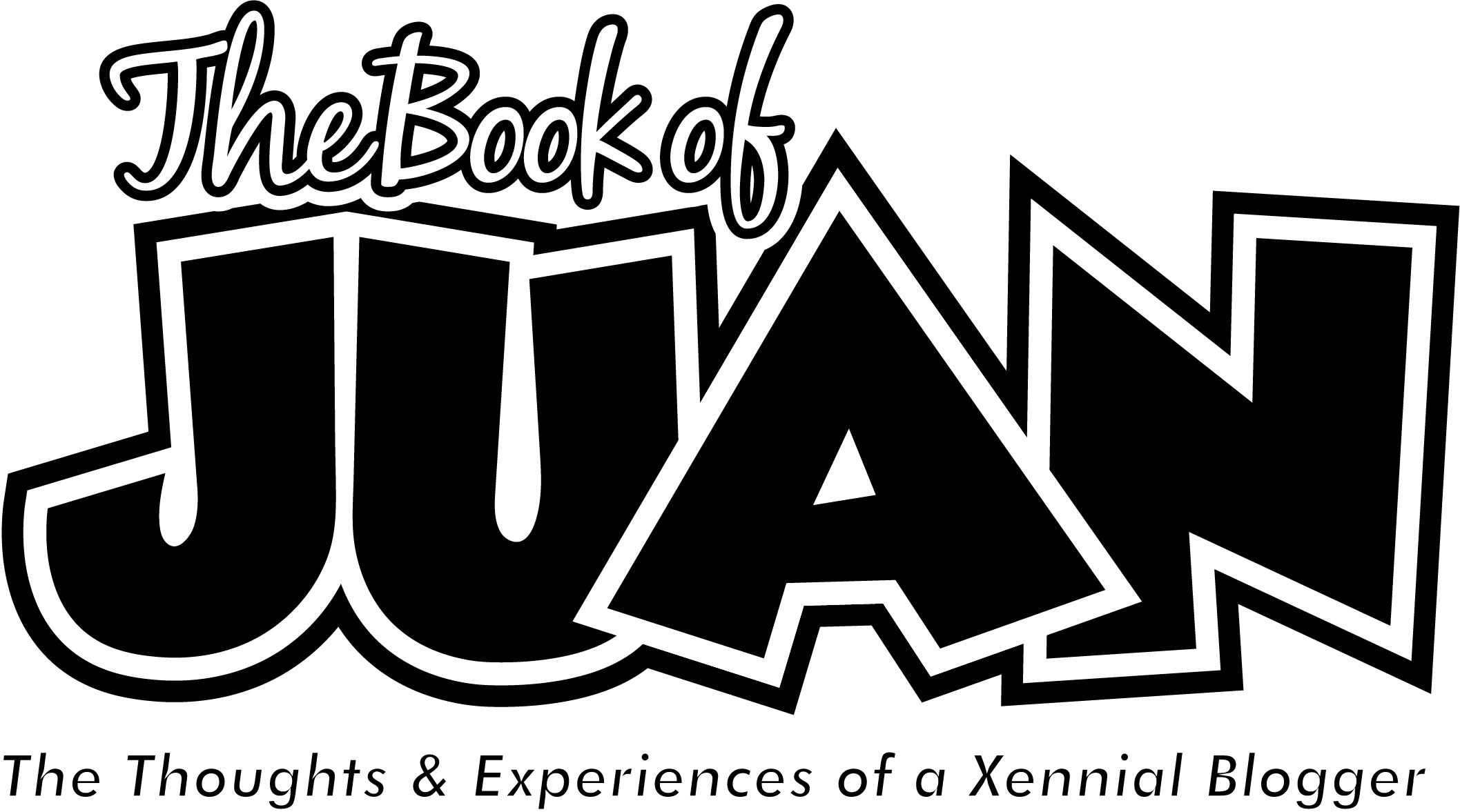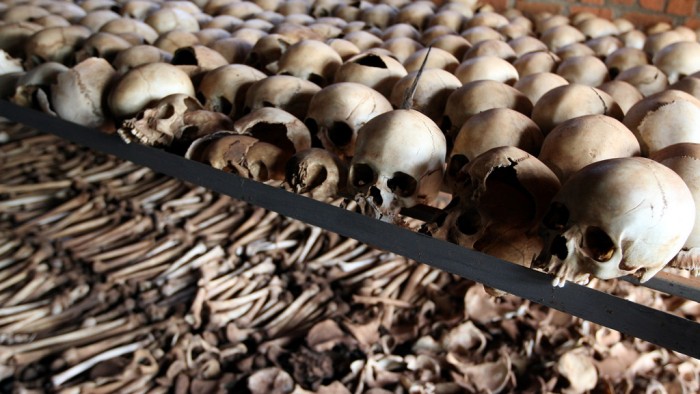“In the end, we will remember not the words of our enemies, but the silence of our friends” – Dr. Martin Luther King, Jr.
Twenty years ago, in April 1994, I was finishing up the last 2 months of my 3rd grade year of school…the only one in which I achieved both perfect attendance and straight As all year. So many things stole my attention in those days. There was the start of the 1994 baseball season, which was especially notable in my hometown of Birmingham because Michael Jordan was going to be playing for the Barons, a Class AA affiliate of the Chicago White Sox. My 3rd grade teacher—realizing my love for the sport as evidenced by the Jackie Robinson report I did as a black history presentation a couple of months before—had told me that she’d take me to a game out at the Hoover Met before the school year ended. It was in that month of April I made a move on one of the finest girls in all of 3rd grade, leading to a boyfriend-girlfriend deal that lasted about a month or so. It was in this month, 20 years ago, that me and my family took cover in our downstairs closet as an F5 tornado ripped through the Birmingham area. Our neighborhood saw a lot of fallen trees and we were without power for 6 days…a far better result than those living in the northwest suburbs of the city, something I’m still grateful to God for even today. In April 1994, as captain of the 3rd Grade Academic Bowl Team at Elyton Elementary, I led the team to the championship match before we fell to Glen Iris, the school I attended as a kindergartener and captained by the girl I famously kissed during nap time. It was in April 1994 that I joined the Wiggins Park Roadrunners and realized that I couldn’t be beat when running in a straight line. In April 1994, my attention was focused on things a normal 9-year-old American boy would be focused on: I had no idea that nearly 8000 miles away, tens of thousands of people—men, women, and children…young and old alike—were being killed every day.
April 1994 was the starting point concerning one of the most atrocious crimes ever committed against humanity: the Rwandan genocide. Beginning almost immediately after the nation’s president was assassinated, genocidal killings started with an intent to wipe out an entire ethnic group. Within 100 days, a significant percentage of the nation’s population perished. In modern times, no act of this kind happened as fast and had as much effect.
The Republic of Rwanda is a small, landlocked country in the Great Lakes Region of Africa. A mountainous country at high altitude, it’s many lakes, savannas, hills and open plains is home to many of Central Africa’s popular flora and fauna, making it a picturesque location for nature in action. It’s often referred to as the Land of a Thousand Hills. The country took shape in the 11th century as the Kingdom of Rwanda, with 3 different ethnic groups: Tutsi, Hutu, and Twa. Though they far distanced themselves in terms of population, the Hutu people (85% of the population) were mostly the lower-classed people of the country while the Tutsis (14% of the population) formed the elite. The Twa consisted of roughly 1% of the population and relegated themselves to the forest and mountain areas…pretty neutral in terms of the conflict within the nation. Initially occupied as a German territory in the 1890s after the Berlin Conference, Belgian forces took over during World War I. Though they massively overhauled education, health, public works, and agriculture in the country, the Belgians also introduced a racial system, requiring identity cards for the 3 ethnic groups. It was through this process that they promoted Tutsi supremacy, sowing the seeds of hatred between the dominant races in the country. As the country moved towards independence in the early 1960s, tensions flared up as the longstanding Tutsi power was usurped by a Hutu-dominated government. After Juvénal Habyarimana took power during a coup in 1973, things escalated leading up a civil war in the 1990s between the Hutu-led Rwandan Armed Forces and the Tutsi-led Rwandan Patriotic Front (RPF). Both sides were fighting over control of the country. Things seemed to be squashed with the signing of the Arusha Accords in 1993 but most Hutus feared that the agreement gave too much power to the RPF.
In the lead up to the Arusha Accords, the Rwandan Armed Forces had tripled in size. A racial propaganda radio station was established. It was also during this time that some Hutus high in power started compiling execution lists. When Melchoir Ndadaye, the 1st Hutu president of Burundi, was assassinated in 1993 by Tutsi extremists, a “final solution” of wiping out the Tutsi population was materialized. Hutu leaders began arming the Hutu population for an offensive. On April 6, 1994, President Habyarimana’s plane was shot down on descent into the Kigali International Airport. Less than 24 hours later, Prime Minister Agathe Uwillingiyimana—the nation’s only female prime minister and legal next in line of succession—was also assassinated after the Belgian soldiers sent to protect her were ambushed. Almost immediately after the president and prime minister were slain, methodical killing of Tutsis and moderate Hutus commenced. Under the premise of sparing no Tutsi, including babies, Hutu extremists literally went door-to-door killing Tutsis and Hutus that aligned themselves with Tutsis. The killings were carried out by the Rwandan Armed Forces and a paramilitary group called the Interahamwe. Also participating in the attacks were ordinary Hutu citizens, who were motivated by Radio Télévision Libre des Mille Collines broadcasts to “go to work”…as in go out and kill their Tutsi neighbors. Road blocks were established throughout the country with national ID cards needed to pass through them…Tutsis and moderate Hutus were executed at these locations. Schools, hospitals, and churches were invaded and many were killed.
Aside from the RPF and their slow yet steady territorial gains working from the northeast inward, there was no opposition force to stop the escalation of the killings. Local Tutsi-led oppositions were killed as they had been targeted by the execution lists. The United Nations Assistance Mission in Rwanda (UNAMIR) was forbidden to only use force in self-defense…the Hutu extremists pretty much left them alone because of this. There was virtually no intervention from the West. It wasn’t until July 1994 that the RPF captured the capital and control of the country, putting an end to the killing. At that point, an estimated 800,000 Rwandans had been killed and many, many more were displaced. Another 200,000 was reported to have perished due to disease and sickness in the immediate aftermath of the genocide. With the RPF ending the genocide and taking control of the country, close to 2 million Hutus—most of whom had participated in the genocide—sought refuge in neighboring nations, complicating humanitarian efforts.
It wasn’t until that Summer of 1994 that many in the West—namely North America—realized that something horrible had happened in Rwanda. I recall a particular moment I was spending with my late grandmother that summer. We were watching World News Tonight and seeing images of people displaced…hundreds of thousands of people. The 9-year-old version of myself thought it was a famine or something because the news report made mention of U.S. troops providing food and water. I didn’t find out that a genocide occurred until 3 years later, when I drew Rwanda out of the teacher’s bucket for my 6th grade geography project: my research led to me reading about the events in 1994. My interest only piqued as I grew older…notably in World History 9 during my freshman year of high school. From that point on, I’ve always had an interest in this dark moment of history. In fact, visiting the Kigali Genocide Memorial Centre is on my bucket list.
As I’ve grown older in life, I’ve become more and more disappointed with the international response to the Rwandan genocide. Much the same as the killings during the Yugoslav Wars, which occurred roughly during the same time period, the vast majority of the international community failed to intervene into the Rwandan conflict. Shortly after Habyarimana was assassinated and the killing began, the UN Security Council voted to withdraw the UN peacekeeping mission created to aid the implementation of the Arusha Accords. As things escalated, the Council approved the deployment of 5500 troops to restore order but by the time they hit the ground, the conflict was weeks over. I was disappointed in Boutros Boutros-Ghali, the UN Secretary-General at the time. It was he who wrote An Agenda for Peace in 1992, outlining the way the UN should respond to conflicts in a post-Cold War world. Yet, it was under his watch that the Yugoslav Wars and the Rwandan genocide happened…not to mention, the Angolan conflict that those before also failed to resolve. He still remains one of the most notorious punks in mankind to me. I was disappointed in the response of the United States government as well. Perhaps because of what happened in Mogadishu a few months earlier, the American government showed an extreme reluctance to send aid to Rwanda. For a vast majority of the conflict, the Secretary of State—Warren Christopher—refused to use the term “genocide” directly as the 1948 Genocide Convention pretty much placed a duty of all the nations that signed and ratified the resolution to act if the crimes were discovered. President Clinton and Madeleine Albright—then the US Ambassador to the UN—refused to act though they knew of the seriousness of the situation. The President would go on with his “never again” speech and even went as far to call it his worst failure as President, saying “I blew it”. I was disappointed most with the media, however. The American public didn’t really learn about what was going on in Rwanda until July…after the genocide was over. I would venture to say that had the media reported on it at the outset, public outcry would’ve been overwhelming and lives could’ve probably been saved. Instead, the dominant news stories over those 100 days were the Kurt Cobain suicide, the Nelson Mandela inauguration, the OJ Simpson murders, the Richard Nixon death, the 1994 FIFA World Cup, and those high school arson fires in Minnesota. I feel a lot could’ve been done and should’ve been done.
As the country of Rwanda remembers what happened 20 years back, I think all of us in parts elsewhere through the world should also remember what happened and purpose ourselves to be more compassionate about the preservation of life. Never again should genocide occur in our modern society.

